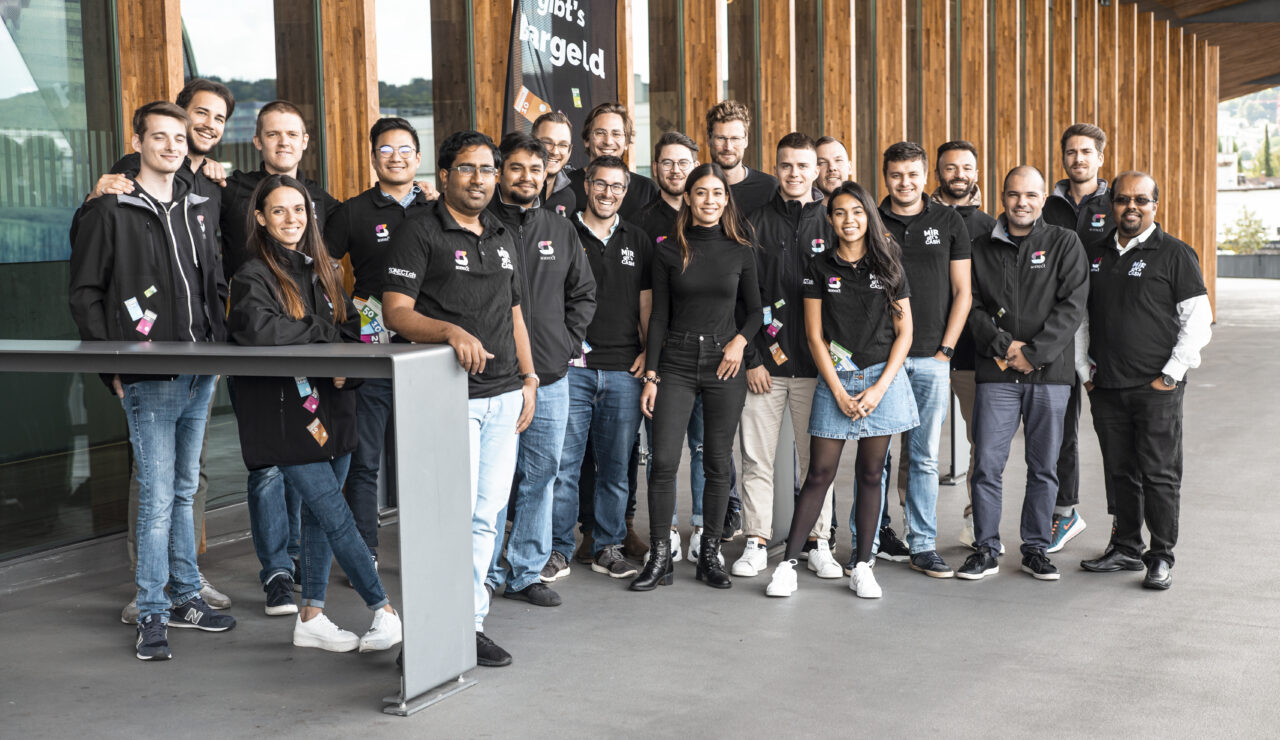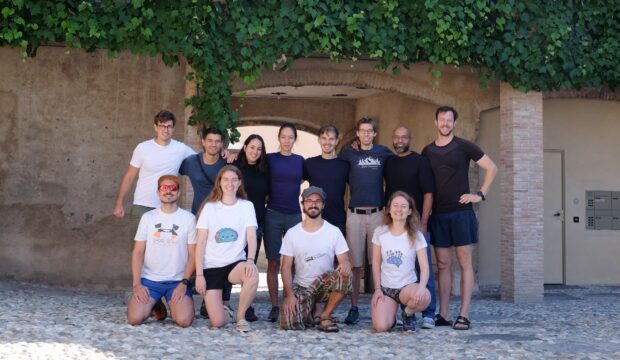
Dominik Bucher, Operations & Head of Legal and Compliance at Sonect, talks about the beginnings and development of the startup, its growth through partnerships, and experiences with LEXR in contract automation.
Dominik, how exactly did Sonect come into existence?
Sandipan, Sonect’s founder, was supposed to bring cash home to pay the nanny at the end of the day. When he arrived home, he realized that he had unfortunately forgotten to withdraw money. Annoyingly, there was no ATM nearby. Sandipan had to walk almost a kilometer to the nearest ATM.
Across the street from his home was a pizzeria – where people paid for their orders – with cash, among other things. Sandipan wondered why people couldn’t just withdraw money where there was cash. So why not connect people who need cash with stores that have cash. The Sonect idea was born. Unfortunately, his idea did not fall on the ears of Credit Suisse, his former employer. As he firmly believed in the idea, he decided to implement it himself.
At the beginning, Sonect participated in a venture program that focused on product development. An idea on paper quickly turned into a first prototype, with initially different functionalities than we have today. That’s how we received our first investment, at that time from PostFinance.
There are now over 2000 stores where people can withdraw cash with Sonect. What is the story behind your growth?
When I joined Sonect, we had about 30 stores in our network. Then we had tried to get a foot in the door at Valora. There, they expected us to have at least 150 stores in our network – to see if there was nationwide interest – before they would get involved.
Thus, the goal was set and we did everything we could to get at least 150 stores to join Sonect. At that time, we went door-to-door and visited and onboarded every store ourselves. Then, when we got to 150 stores, we resumed talks with Valora. From then on, things moved faster and the first push was that we were able to add 900 more stores to our network through Valora.
Our second wave of growth came about more or less by happy accident. We started in the city of Zurich (where we had about 30-40 stores in the network) and then expanded to the city of Winterthur, initially with 10 stores. Unfortunately, we soon realized that hardly any transactions were being made there.
To do something about this issue, we contacted the Winterthur newspaper. The editor was enthusiastic about the product, tested it and then published an article about us. This did not have the desired effect of directly increasing the number of transactions, but the Volg chain became aware of us through the article and approached us. This in turn resulted in 600 additional stores for Sonect. Accordingly, we had missed the desired transaction target, but at the same time made a much bigger leap in growth.
Growth through partnerships: Most recently, you launched the new partnership with Twint. What advice would you give to other startups that want to grow through partnerships?
In our case, I can only speak for the area in which we operate. In banking, it is currently very difficult, if not impossible, to build partnerships for digital products. The problem banks have is not that they don’t like new products, but that their IT pipeline is full for about 2 years in advance. Unfortunately, if you have a goal to digitally integrate a product and banking IT plays a role in that, you have a poor chance these days, or a very long waiting period.
As long as startups can manage the IT themselves, it’s easier to sell products to a bank or build partnerships. The IT bandwidth of the banks is, as I said, the biggest challenge.
Banks in Switzerland are mostly closed off in terms of their IT infrastructure and don’t have the open banking approach that is common in the rest of Europe. Open Banking makes things easier. In Switzerland, unfortunately, you currently have to spend a lot of time when collaborating with banks.
You have already automated your first contracts with LEXR Bridge Legal Automation. To what extent have you been able to increase your efficiency as a result?
In summary, I would say through structure and time savings.
On the structure:
- My job title includes “Legal”. Accordingly, legal issues of all areas end up at my desk. With LEXR Bridge contract automation, we can now give department heads and staff a framework and make it a self-service that they can interact with directly.
- The automation gives the divisions a guideline and at the same time, they have to deal with it themselves, which makes a lot of sense. The problem before was that the areas gave the topic to me, but they knew better about the candidate they had talked to or the sales deal they had negotiated. The internal communication and meetings we always had therefore cost a lot of time and organization, which can now be saved. For us, automation leads to a good process structure.
On time savings:
- How much time we actually gain strongly depends on the case and the contract. For an HR agreement, we save at most half an hour; for a partnership agreement with a smaller retailer, we may save 1-2 hours; for a larger retailer, however, this may well be even more.
From your experience with LEXR Bridge contract automation – how is it working with us?
We liked the process and the approach. There wasn’t too much customization in the HR area that we tackled first. This was probably due to the fact that LEXR had originally drafted the contract. All in all, it went easily and quickly.
Generally, when it comes to contracts, it helps to have someone from the outside looking at their structure. Any confusion or ambiguity that existed before could all be resolved. So, for us, one of the advantages of LEXR Bridge is that LEXR understands not only the tech aspect, but also the legal aspect, and looks at the contracts beforehand and improves them, rather than blindly automating existing contracts. That ensures you end up with a good digital process. For different roles, there are then additionally different perspectives and knowledge levels as far as legal topics are concerned. Here, it’s good to have someone who sets it up so that the automation is explained in a way that is understandable for the role and therefore easy to use.
Related
100+ companies, both big and small, are starting and growing their business with LEXR.
Let’s Go!
Book a free, non-binding discovery call to discuss how we can help you achieve your business goals.
Or feel free to reach us directly via email at [email protected].



